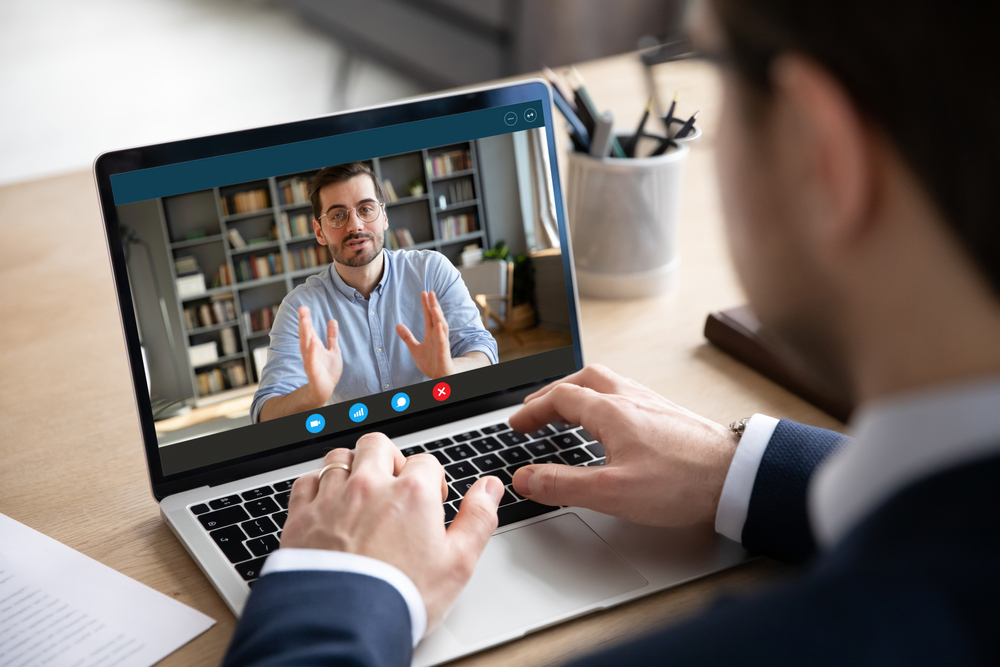In March, organizations around the country made the decision to send many employees home to work, thinking this would be a temporary situation—a few months at most. But now, as fall draws near, it’s clear that the situation has become far from temporary, with many employers—especially in the tech sector—indicating that employees will have the option to work from home indefinitely.

That represents both problems and opportunities. One key process that employers, and employees, are finding themselves adjusting to is the interviewing and onboarding process, now done widely via video.
Video Hiring Best Practices
Company MindEdge Learning has recent experience in hiring employees via video. Brad Neuenhaus, its chief business officer, offers some best practices:
- Do not compromise standards for interviewing, Neuenhaus advises, “such as rigor, the overall process, and the expectations of all participants involved.”
- Pay close attention to every detail. For instance: “Was the candidate on time to the interview, had they tested the platform prior, was the interview launched properly, how were they dressed, was the interviewee background appropriate, lighting, was the candidate comfortable using remote technology?”
- Prep the candidate on the process. “Let the candidate know that although the process is remote—the interview should be done as if it was conducted face to face,” Neuenhaus says.
- Don’t wait until the last minute to send the invitation.
“Send the meeting invite at least 48 hours in advance of the interview so the candidate can test the remote platform,” he says. “Make sure to offer support should they have issues launching the platform (MindEdge uses Zoom), and ask if they have the proper equipment to conduct the interview.” - Set up a password-protected interview room through the platform before the date. It is also smart to schedule the room 30 minutes beyond the formal interview time to allow for follow-up questions.
- Be prepared for video-related technical glitches, and let the candidate know in advance that the phone-in feature of the platform can be used as a backup. Make sure to have the candidate’s cell number on file beforehand, and share your own contact information should there be a system failure.
Your goal should be to make the video experience as comfortable as possible. Go over details with candidates so they know what to expect. Let them know who else will be in the interview, and make introductions.
Finally, make sure to follow any legal requirements that may be related to video interviewing, including requirements for maintaining the video as part of the employee record.
